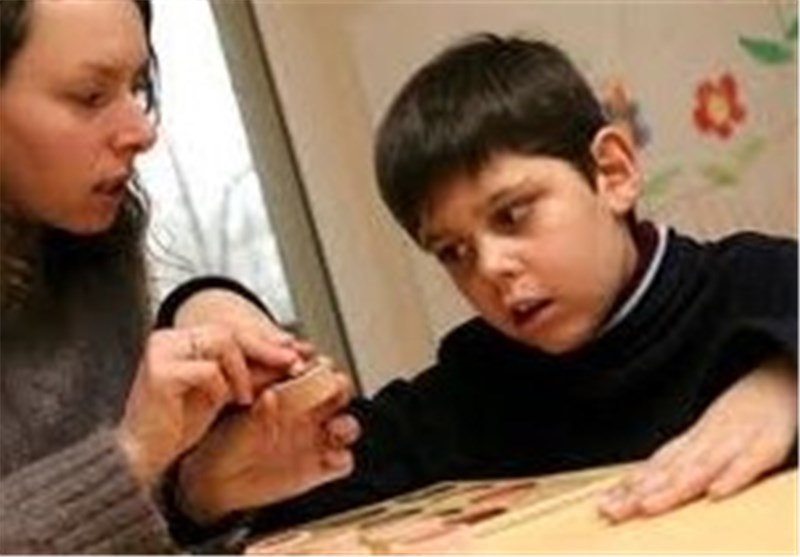Autism Linked with Induced Labor
TEHRAN (Tasnim) – Findings of a new study suggested that babies born to women whose labor was induced, or whose contractions were strengthened, with medical procedures such as hormone treatments, face an increased risk of autism.
Using school records and birth databases in North Carolina, researchers looked at the birth records of more than 625,000 children born between 1990 and 1998, including 5,500 who were diagnosed with autism.
They found that children born to mothers whose labor was induced, augmented or both had a 27-percent increased risk of autism, compared with children born to mothers whose labors were not induced or augmented, Livescience reported.
The link held when the researchers took into account other factors that could have influenced the rate of autism, such as mother's age, diabetes during pregnancy and pre-term labor.
Still, other factors that were not accounted for could have lay beneath both the need for hormones during labor and a baby's risk of autism.
"While the results are interesting, we are not drawing a cause-and-effect relationship," said study researcher Simon Gregory, professor of medicine at Duke University in Durham, N.C.
The researchers said women should not avoid receiving induction or augmentation treatment when it is recommended by their physicians due to concern for the woman's health or that of the fetus.
"The risk to the mother and the unborn child would be far greater" if the labor were not induced or augmented when necessary, Gregory said.
In the study, children born to mothers whose labor was induced (but not augmented) had a 13 percent increase in risk of autism, and children born after augmented labor had 16 percent increased risk of autism.
The results were particularly pronounced in male children, the researchers said. Boys born to mothers who received both induction and augmentation faced a 35 percent increase in autism risk, according to the study.
The study had some limitations, the researchers said. The databases did not include information about every possible risk factor, and the researchers could not take into account the fathers' age, the medications the mothers might have used, or the severity of the children's autism.





